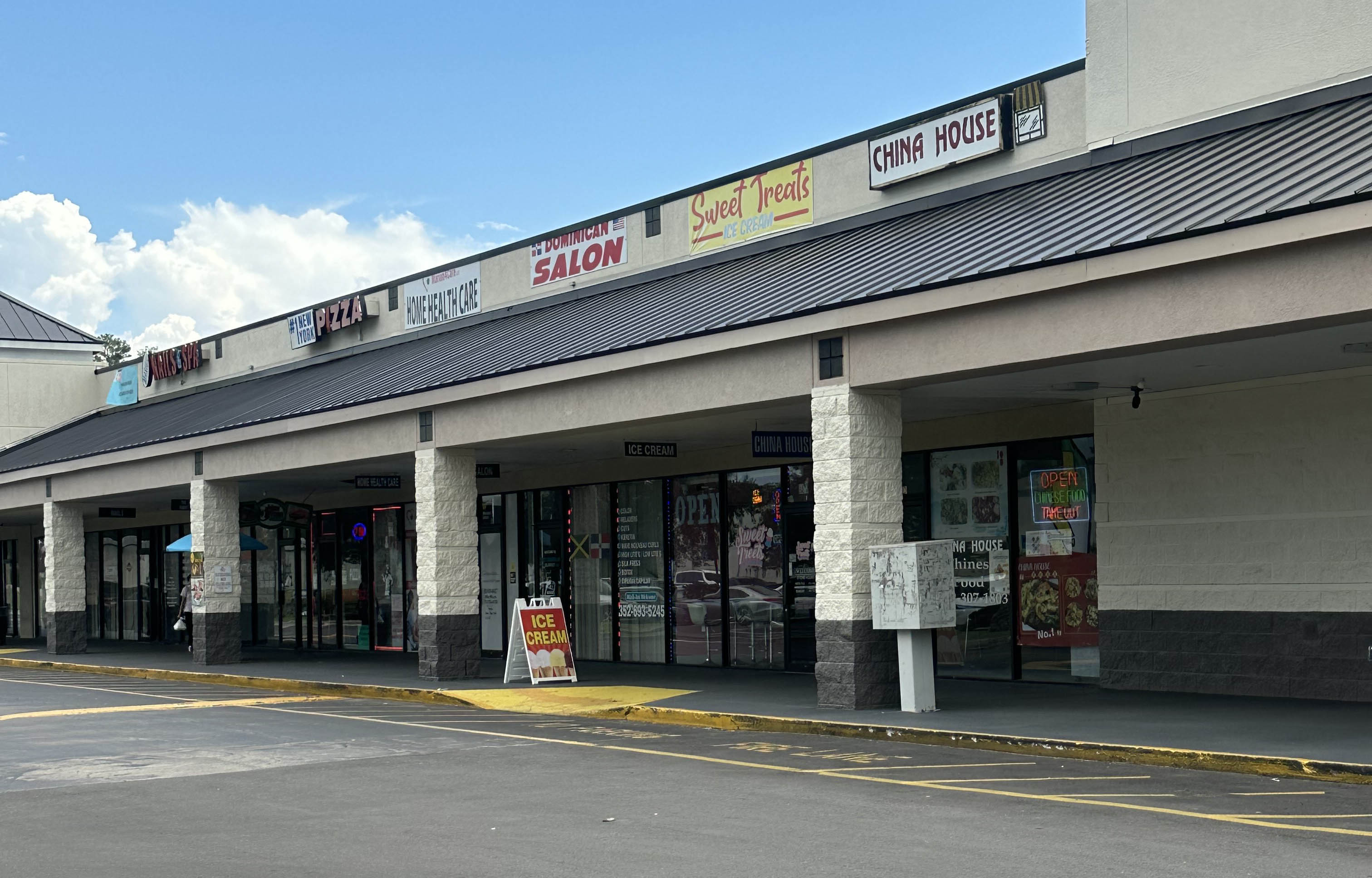The implications of COVID-19 on the US office real estate market - by Zain Jaffer

Of the myriad voices speaking to our current situation — those sharing facts, spreading fear, or expressing gratitude — Warren Buffet was one to cut through the chatter. He commented on the success of remote working, noting that many people have newly learned they can execute just as well from home, and concluding with the notion that “when change happens in the world, you adjust to it.”
There exists a tangible panic around the office real estate market, an impending sense of doom that Buffet’s comments could have catalyzed or confirmed. Startling headlines, visible vacancies, and diminished revenue; the passing days sound like warning bells to landlords and investors alike.
Mr. Buffet, of course, makes a great observation. Marcus & Millichap echo his findings, estimating a 40% growth in remote work across the U.S. After a record year in 2019, Manhattan’s leasing volume has dropped nearly 50% in a matter of months, from 42.97 million s/f—the highest since 2001—to a current 6.82 million.
But these numbers paint only part of the picture. While it’s too soon to predict the outcome of the entire office sector, it’s at least equally premature to assume any permanence in this adjustment. Millions are filing for unemployment insurance, many businesses remain on hold to flatten the curve, and it’s showing up in the numbers. But for a full understanding, there are a number of counter forces to take into consideration—a balancing phenomenon that make the office sector less predictable, at least, and more hopeful, at best.
The Matter of Space
In a kind of balancing act that can only be designed by nature, the increased need for personal space will bring an abrupt end to a long-standing trend of office densification. In decades past, the average square foot per employee has decreased from 250 to less than 150, and as low as 60 in some co-working spaces.
Employees returning to office settings will need far more space to feel safe, and to maintain some of the comfort they’ve felt at home in recent weeks. Tenants returning with their teams will require more square foot per team, even if their teams are diminished in size. Gone are the days of shoulder-to-shoulder cubicles. People need wide halls, a clear path to the bathroom, and room to breathe throughout the day; tenants will need to invest in more space.
Not all space is created equal. Newly constructed and renovated buildings will likely see a higher demand in the new market. To justify the return to office, employers will need to see serious adaptations and safety measures in place. Changes will range from structural adaptations to facilitate the above physical distance, to technological advancements such as touch-less appliances, automated doors, and upgrade HVAC systems.
Newer buildings are likely to have some of these upgrades already in place, or at least have the infrastructure to make these changes less cost-intensive. A recent study on real estate published by UBS Group examined the mix of office stock for 30 of the largest U.S. cities by class A and class B/C buildings. New York is the highest of the 30, with almost 80% of office activity taking place in class A buildings. UBS Group predicts cities with higher concentrations in higher quality properties will see a swifter recovery.
Changed Behaviors
UBS Group also predicts a varied rate of return between industries. Sectors in which professionals already spend a significant amount of time out of office, such as consulting, accounting, real estate brokerage and sales-based organizations, are likely to return slowly, if at all. Technology, life sciences, securities trading and government-oriented functions show the most promise for a swift and thorough reoccupation.
Manhattan today rivals the tech concentration of Silicon Valley, and 2019 was a record year of leasing volume at 7.57 million s/f. Since 2000, New York City’s biggest change in employment has been in the computer system and design sector (54.4%) and the architecture and engineering sector (76.9%). This industrial distribution bodes well for recovery, in keeping with UBS Group’s predictions.
Co-working Complications
In recent years, co-working spaces have seen increasing popularity and market power. The largest 11 firms account for 15 million s/f of office space used in Manhattan, representing 3% of the market.
The magic of co-working spaces, and the backbone of their financial strategies, seem to be mutually exclusive with the new demands of COVID-19. Hot desking, library layouts, anonymous sharing, and the risk of coming into contact with hundreds of new people daily; it’s likely that co-working spaces have more grim quarters ahead.
Co-working still represents a relatively small portion of the office real estate market, but a full failure would no doubt be felt across the sector. But co-working represents a new approach to office space, an approach born from innovation, and there’s surely more innovation in store before its end.
Waves of uncertainty, market fluctuations, and widespread shifts in behavior and priority; these are the circumstances that bring about change. Will offices look different after COVID-19? Yes.
Will new solutions arise that will make us wonder how we ever did things differently? Absolutely.
But is this the end of office real estate? It wouldn’t seem a winning bet.
Zain Jaffer is the Founder and CEO of Zain Ventures, San Francisco, CA.
Delisle and Monahan of Island Associates lease 45,000 s/f to Giunta’s Meat Farms at Strathmore Commons


Behind the post: Why reels, stories, and shorts work for CRE (and how to use them) - by Kimberly Zar Bloorian

Strategic pause - by Shallini Mehra and Chirag Doshi

Lasting effects of eminent domain on commercial development - by Sebastian Jablonski









.jpg)

.gif)